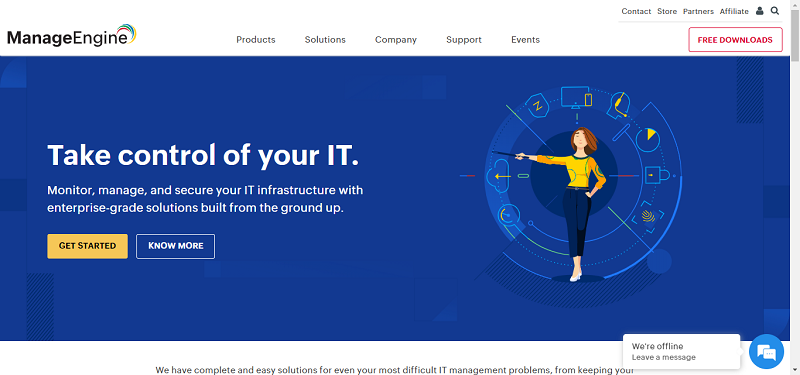A multicloud strategy can deliver real gains in IT flexibility, cost savings, and can increase an organization’s responsiveness to changes in the market or internal developments in the business itself. But the migration of apps and services to a multicloud system isn’t without its challenges. Most IT managers I talk to are well aware of the importance of ensuring clear security procedures and securing the flow of data from private data centers to public service providers.
Multicloud computing is an emerging field and this means many medium and large organizations are still searching for solutions that address the challenges of multicloud architecture, and which can increase the benefits for business flexibility and efficiency. In this article, I want to look at four use cases for multicloud computing and show how, with smart interoperability and secure management, its complexity can be harnessed to deliver real gains for businesses.
Development and testing takes time and can be costly. There is pressure on IT departments to keep pace with demand for development and testing environments. By moving development to a public cloud, IT departments are able to provide capacity quickly and effectively. Once a workload has been developed in a service provider cloud, it can then be moved back onsite. There are some issues surrounding the deployment of applications in public clouds, however. Often, the workloads being tested in public clouds have to be deployed with strict controls in order to meet security and compliance requirements.
Interoperability, flexibility and security are thus of central importance to the success of dev/test in a service provider cloud.
Faced with budget constraints on the one hand and the pressure to expand and upgrade on the other, IT decision makers always have to search out the most cost-effective solutions.
Organizations often need to increase capacity temporarily in response to seasonal increases in demand, and IT managers can harness multicloud architecture to extend and augment applications through Service Providers. The additional resources can later be decommissioned, avoiding surplus capacity and ensuring cost-effectiveness.
A thorough and clear disaster recovery plan is vital for ensuring that businesses are able to minimize lost output in the event of disruption or system failure. The cost and expertise required to develop such a recovery plan, however, can sometimes be prohibitive, preventing IT departments from being able to realize the advantages. Investing in multicloud disaster recovery can offer the flexibility businesses require without the need for additional hardware or recruitment. Through an automated process that replicates and recovers data in the event of a local disaster, organizations can protect their data and get things back up and running quickly.
Organizations are increasingly reliant on web and mobile applications for delivering flexibility. Such applications need to be able to fulfil a number of basic requirements. They must, for example, be able to handle sudden increases in the volume of user requests for data, and since this traffic can come from a variety of places, they need to be able to support the full range of devices in use at any one time. With multicloud architecture it’s possible to integrate Web and mobile applications with On-Premises services, integrating infrastructure with applications to deliver capacity, performance and, all being well and with good design, reliable interoperability.
By George Foot





